Your cart is currently empty!
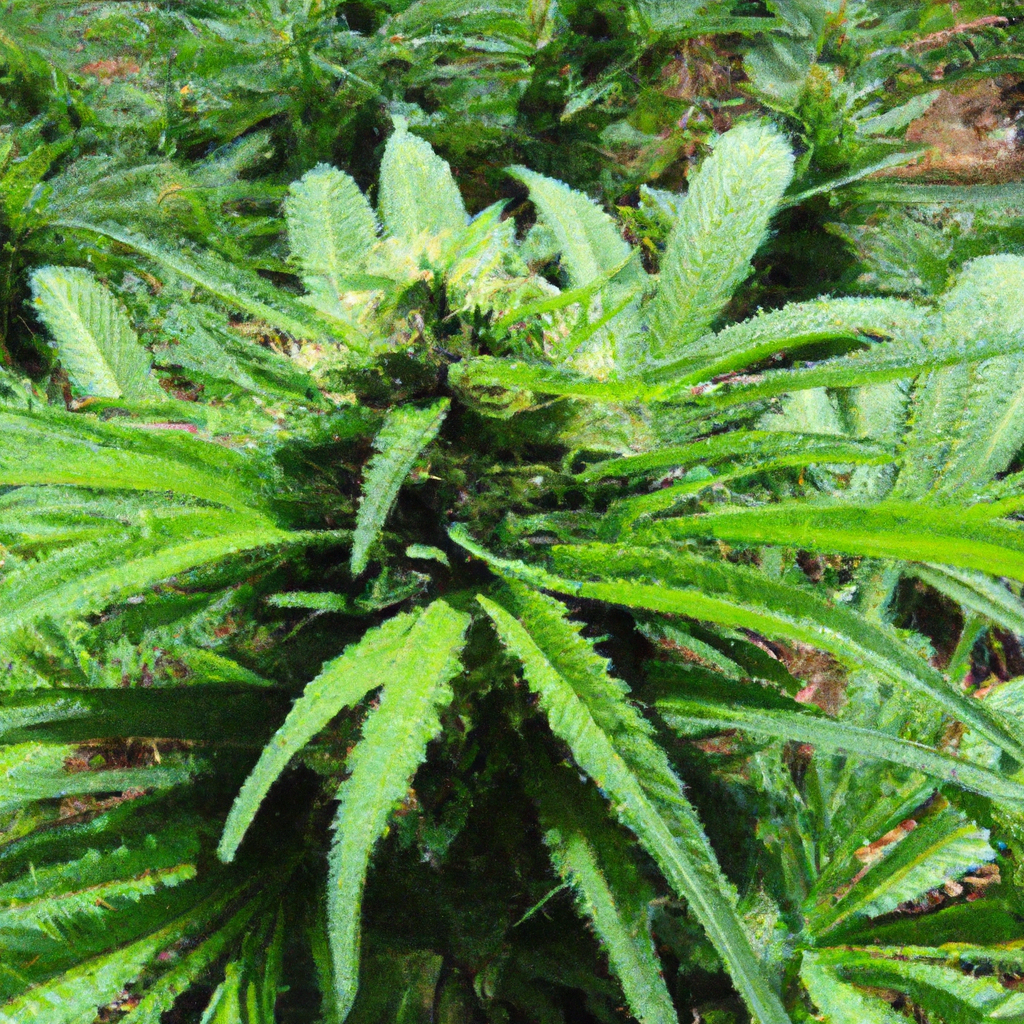
Organic cannabis cultivation benefits both the environment and product quality by avoiding synthetic chemicals and fostering sustainable ecosystems. This approach enhances cannabis purity, flavor, and consumer benefits. Key practices include enriching soil with compost, companion planting, and using cover crops to boost soil health. Natural fertilizers like bone meal, fish emulsion, and seaweed extract offer…

As research progresses, the potential of cannabis in managing neurological disorders is becoming increasingly clear. This article explores how cannabinoids interact with the endocannabinoid system to influence conditions like epilepsy, multiple sclerosis, and Parkinson’s disease. THC and CBD offer diverse benefits, from pain relief to neuroprotection. While cannabis shows promise, its use should be guided…

Growing cannabis successfully involves balancing art and science, with pH management being a crucial yet often neglected factor. Proper pH levels significantly affect nutrient absorption in cannabis plants, with ideal ranges varying between soil (6.0-7.0) and hydroponic systems (5.5-6.5). To ensure healthy growth and high yields, growers should invest in accurate pH monitoring tools, such…
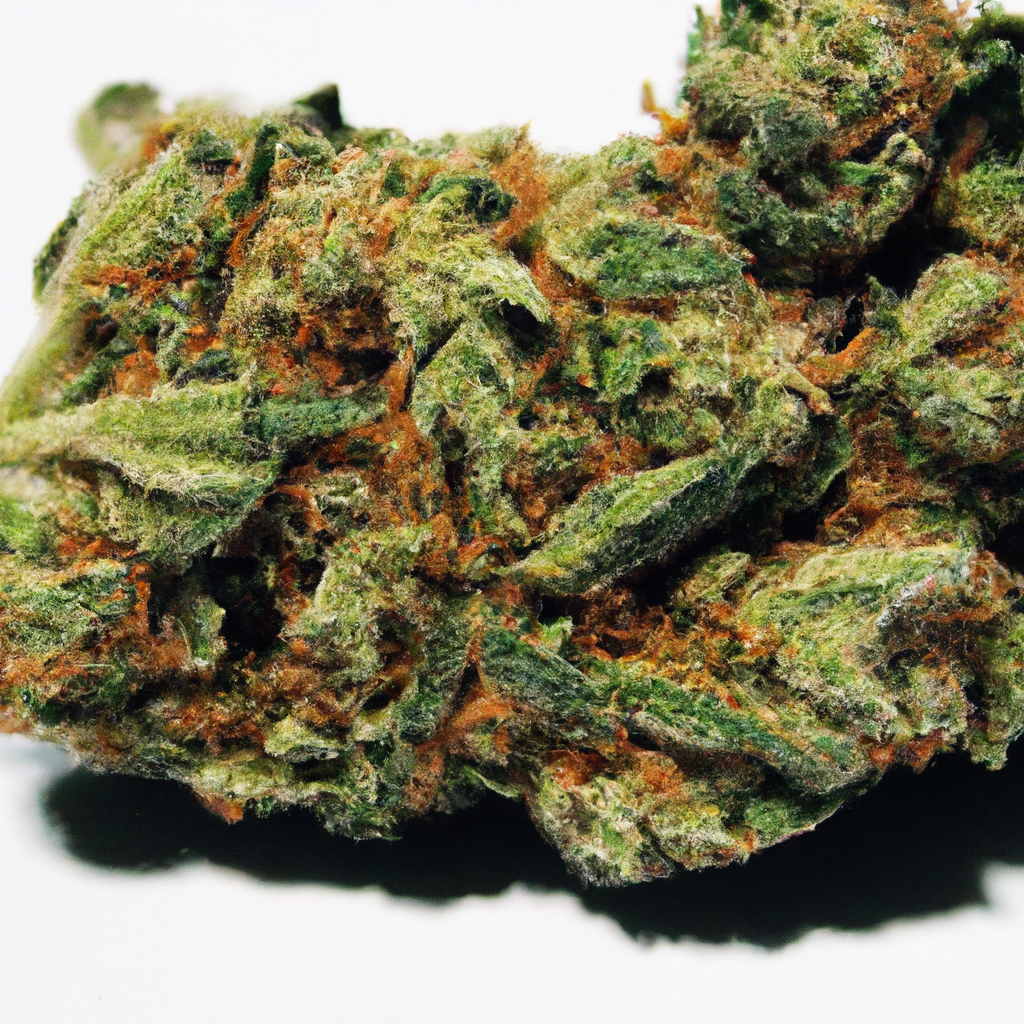
Discover the enchanting Tropicana Cookies strain, a hybrid blend of Girl Scout Cookies and Tangie, celebrated for its sweet, citrusy flavor and captivating appearance with vibrant purple buds. This strain offers a balanced mix of uplifting euphoria and gentle relaxation, making it ideal for both recreational and medicinal use. Cultivation thrives in warm climates and…

In cannabis cultivation, choosing organic practices means committing to the environment, consumers, and the plant itself. This approach enhances sustainability by avoiding synthetic chemicals and nurturing natural systems. Key elements include using natural fertilizers like compost, worm castings, and fish emulsion to enrich soil without harm. Composting is particularly beneficial, improving soil fertility and disease…

The cannabis industry significantly impacts environmental health, particularly soil ecosystems. Cannabis roots improve soil structure by enhancing aeration and water retention, crucial for healthy microbial activity. While organic fertilizers and nutrient cycling boost long-term soil fertility, improper practices risk soil erosion, salinity, and compaction. Sustainable techniques, like crop rotation and biochar, are vital for maintaining…
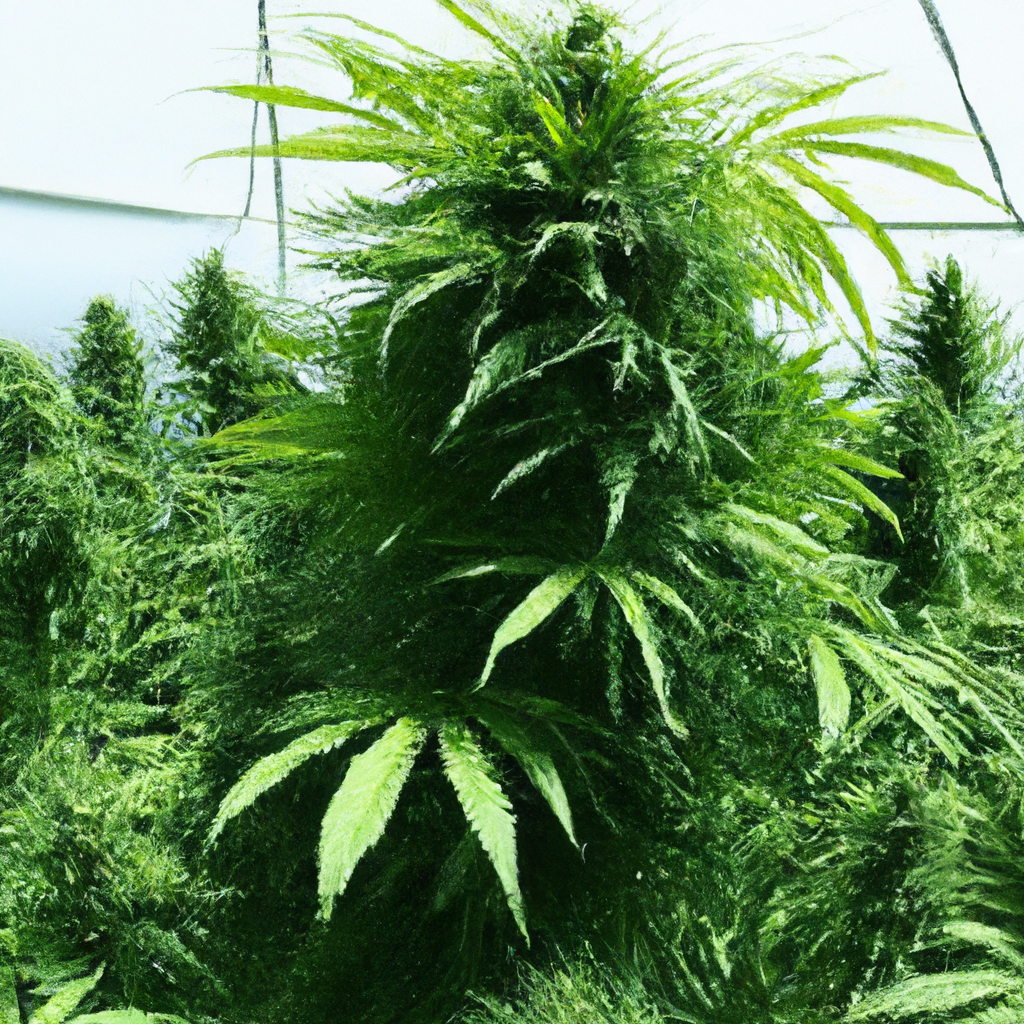
Growers often overlook the impact of wind on cannabis plant health, but it can be harnessed to boost plant strength and yield. This post explains how to implement wind stress techniques effectively. Mild wind stress promotes thicker stems and more extensive roots, enhancing support for larger buds. Techniques include using oscillating fans for indoor grows…
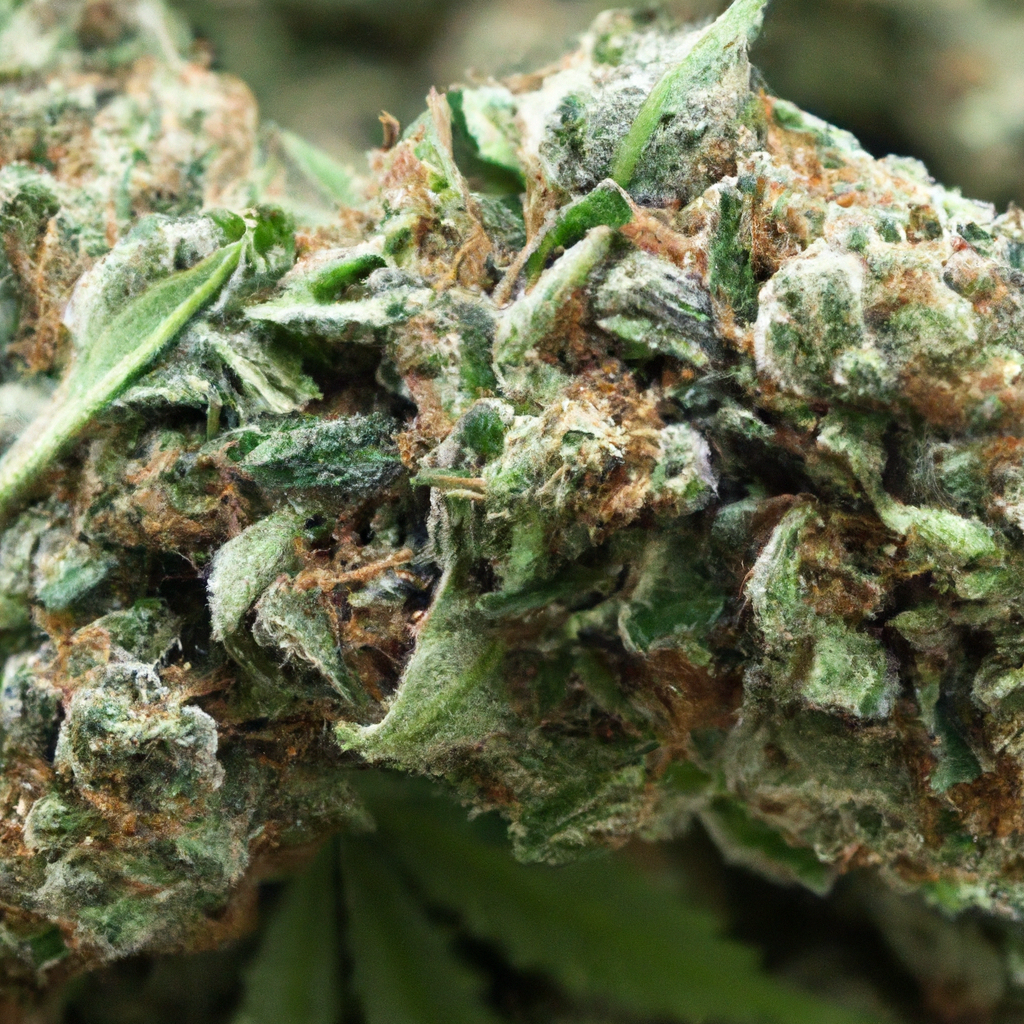
Gelato Mint is a standout cannabis strain with a rich flavor profile and balanced effects, making it a popular choice for both growers and enthusiasts. Derived from Gelato and Thin Mint Girl Scout Cookies, it offers a vibrant appearance with deep purple buds and a sweet, minty aroma. Tasting of creamy vanilla and earthiness, Gelato…
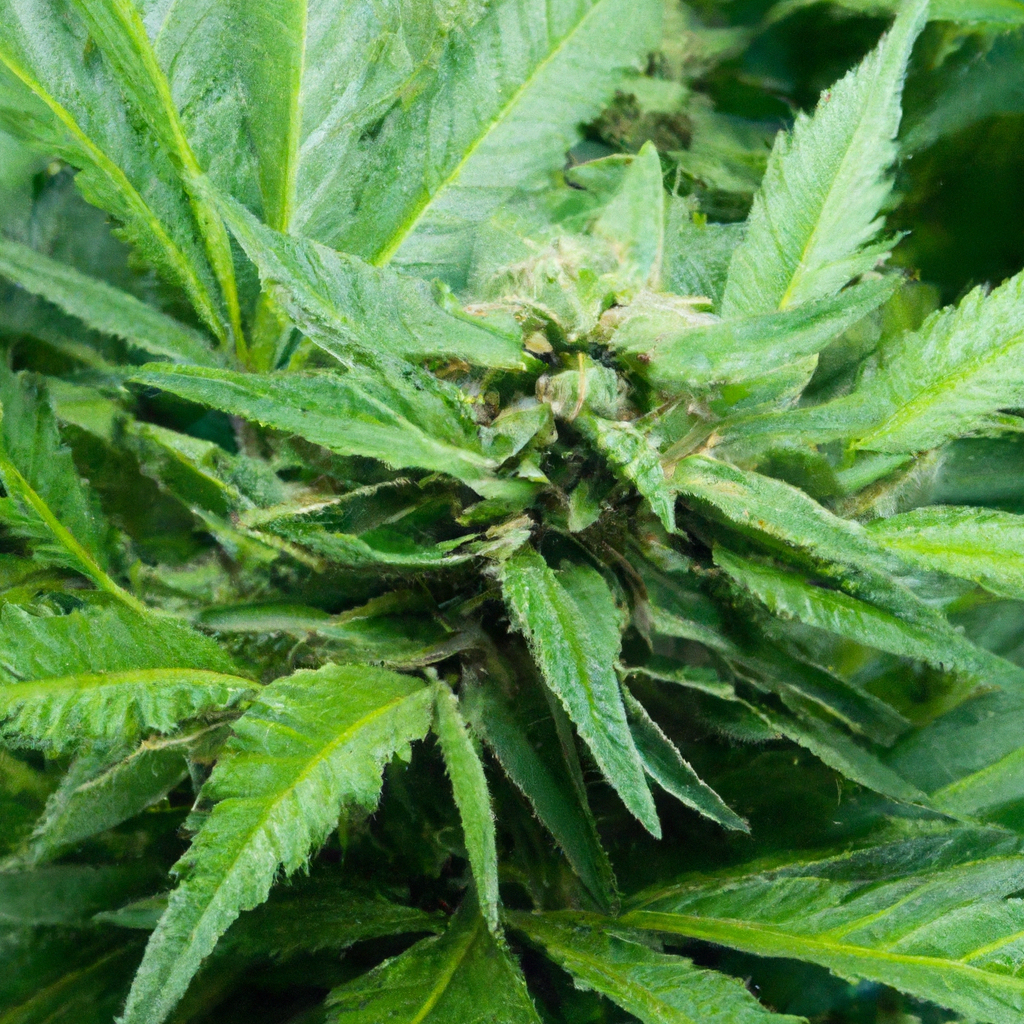
Embracing organic growing practices in cannabis cultivation is essential for sustainability and offers a purer, toxin-free product. Key practices include using natural fertilizers like compost, worm castings, and bat guano to enhance soil health. Building a thriving ecosystem involves beneficial microbes, cover crops, and mulching. For chemical-free pest control, techniques such as companion planting and…
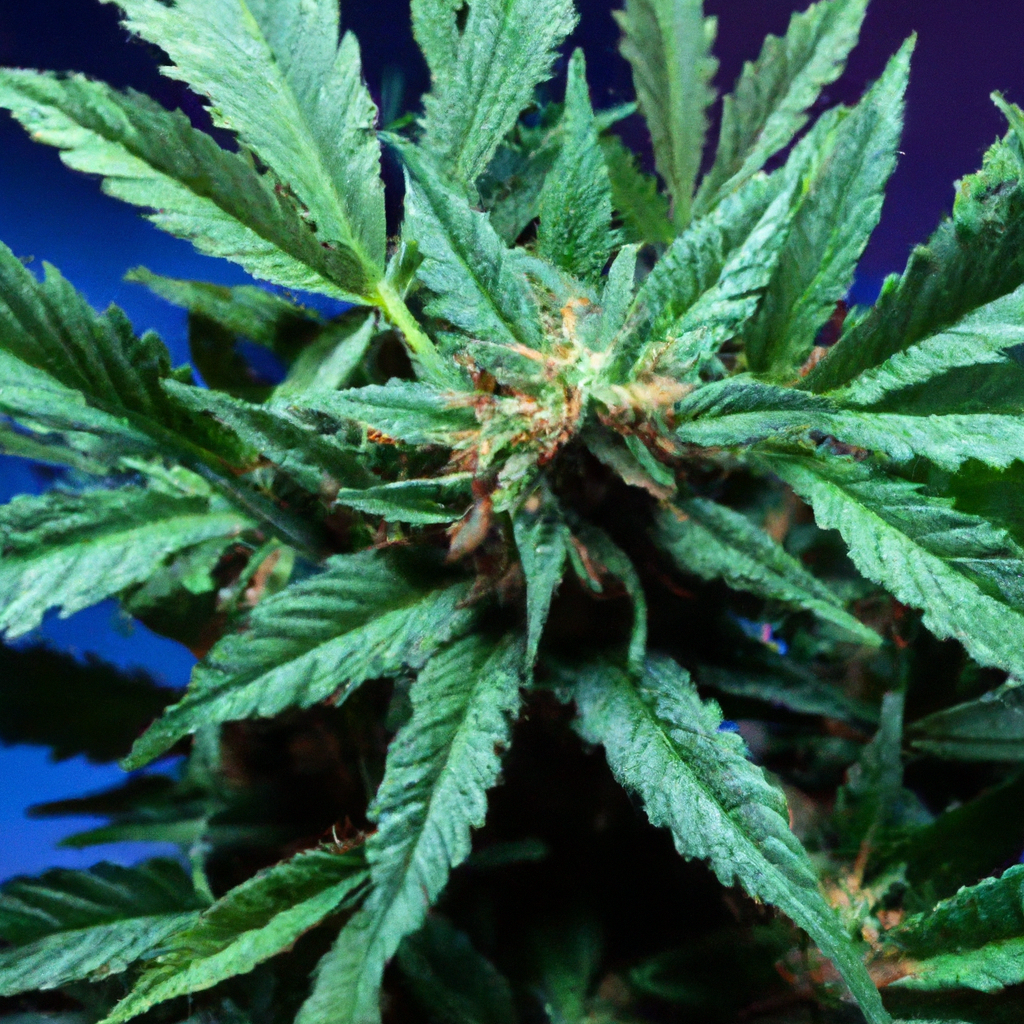
Effective light management is crucial for optimal cannabis growth and yield, especially in indoor settings. This article delves into the science behind how light, in terms of spectrum, intensity, and duration, affects cannabis. It highlights the benefits of blue and red light, and provides guidance on light schedules for different growth stages. Innovations in lighting…
